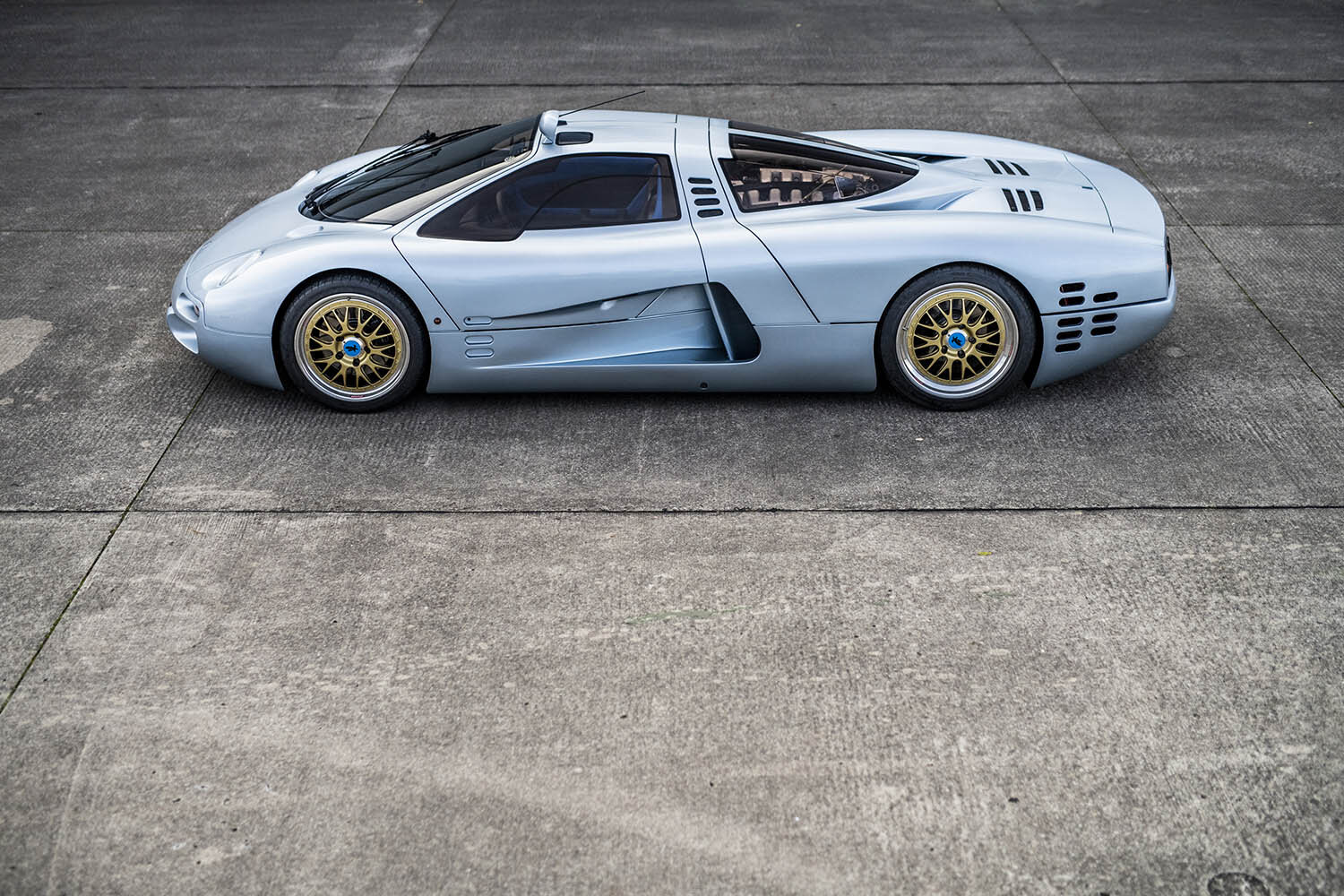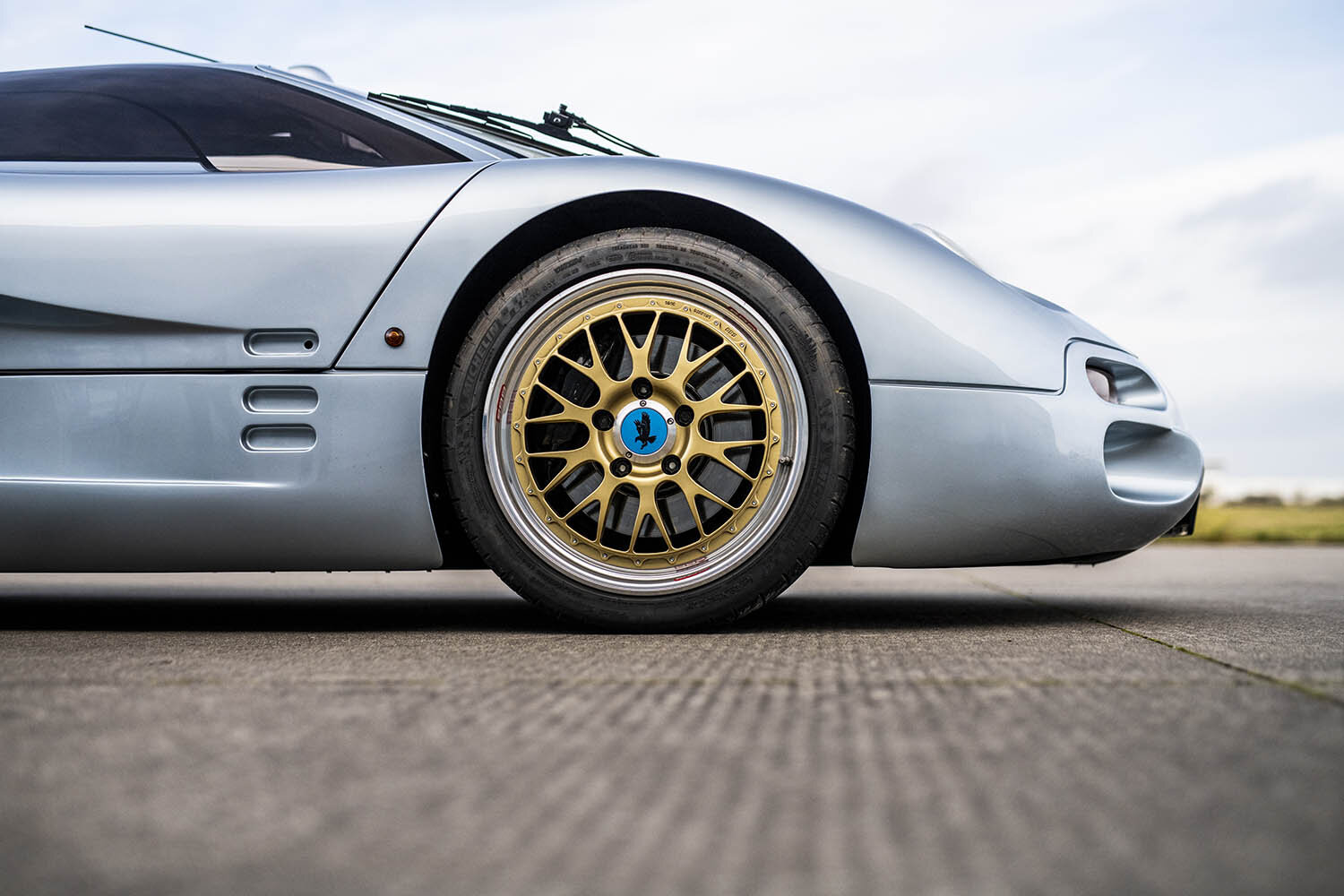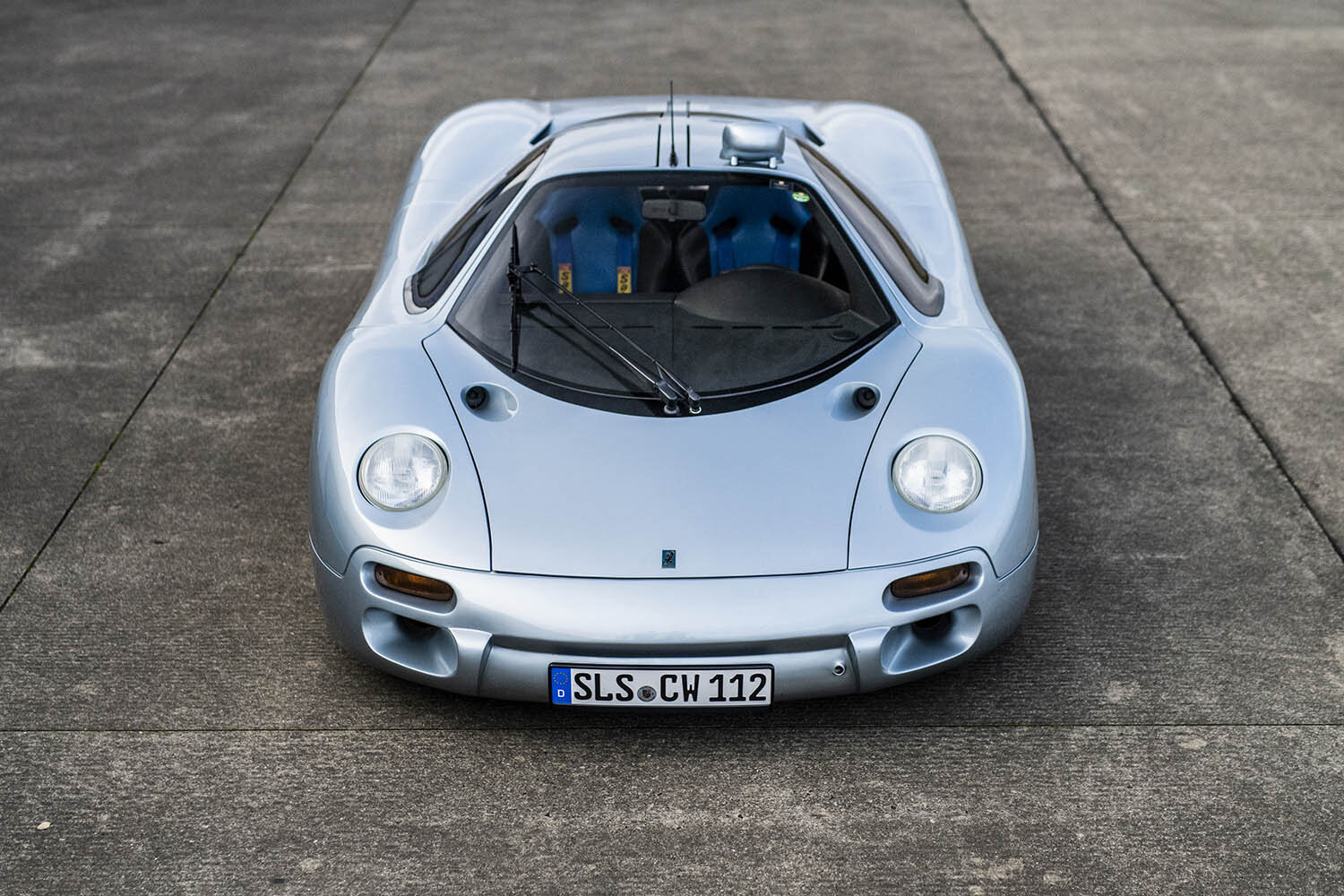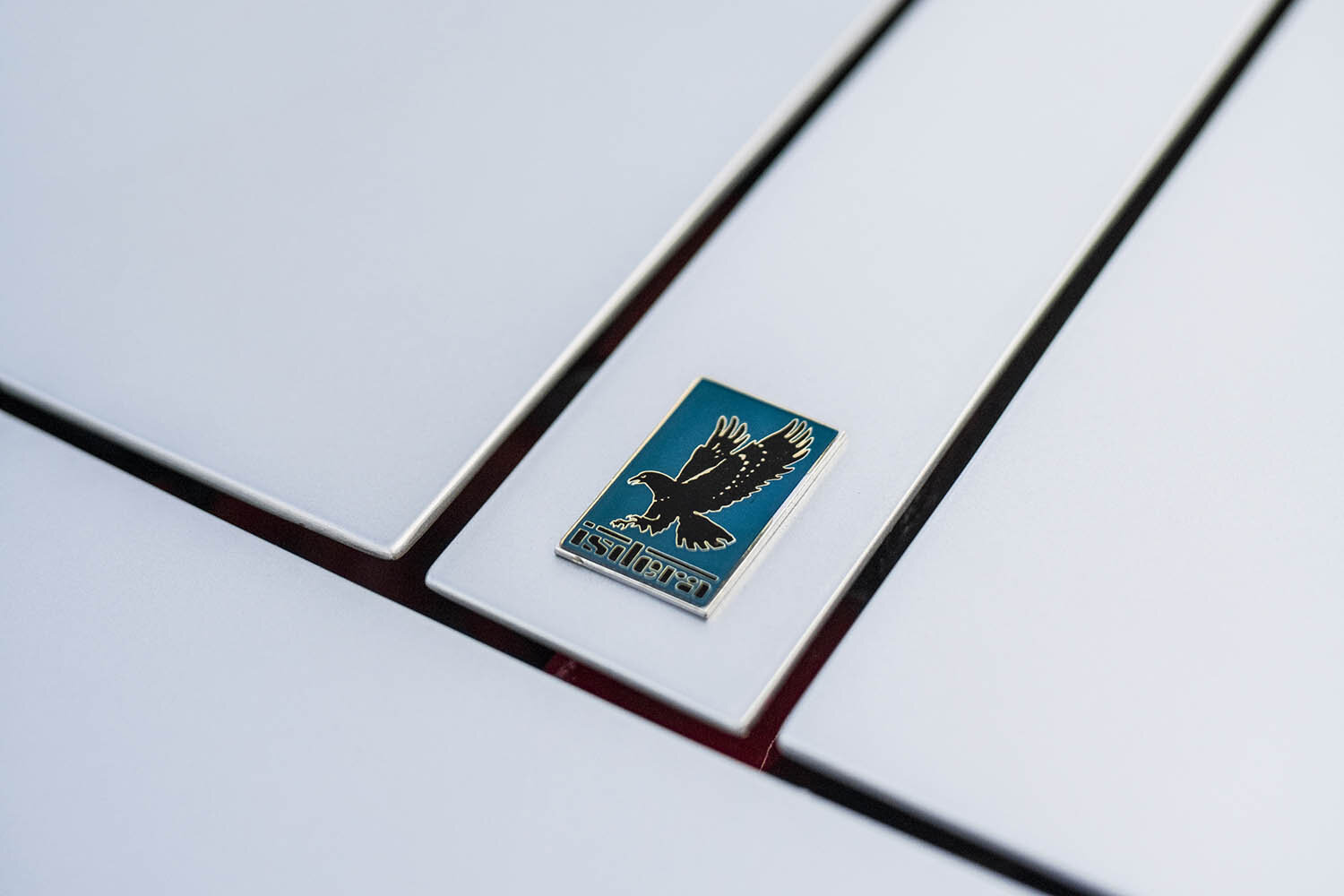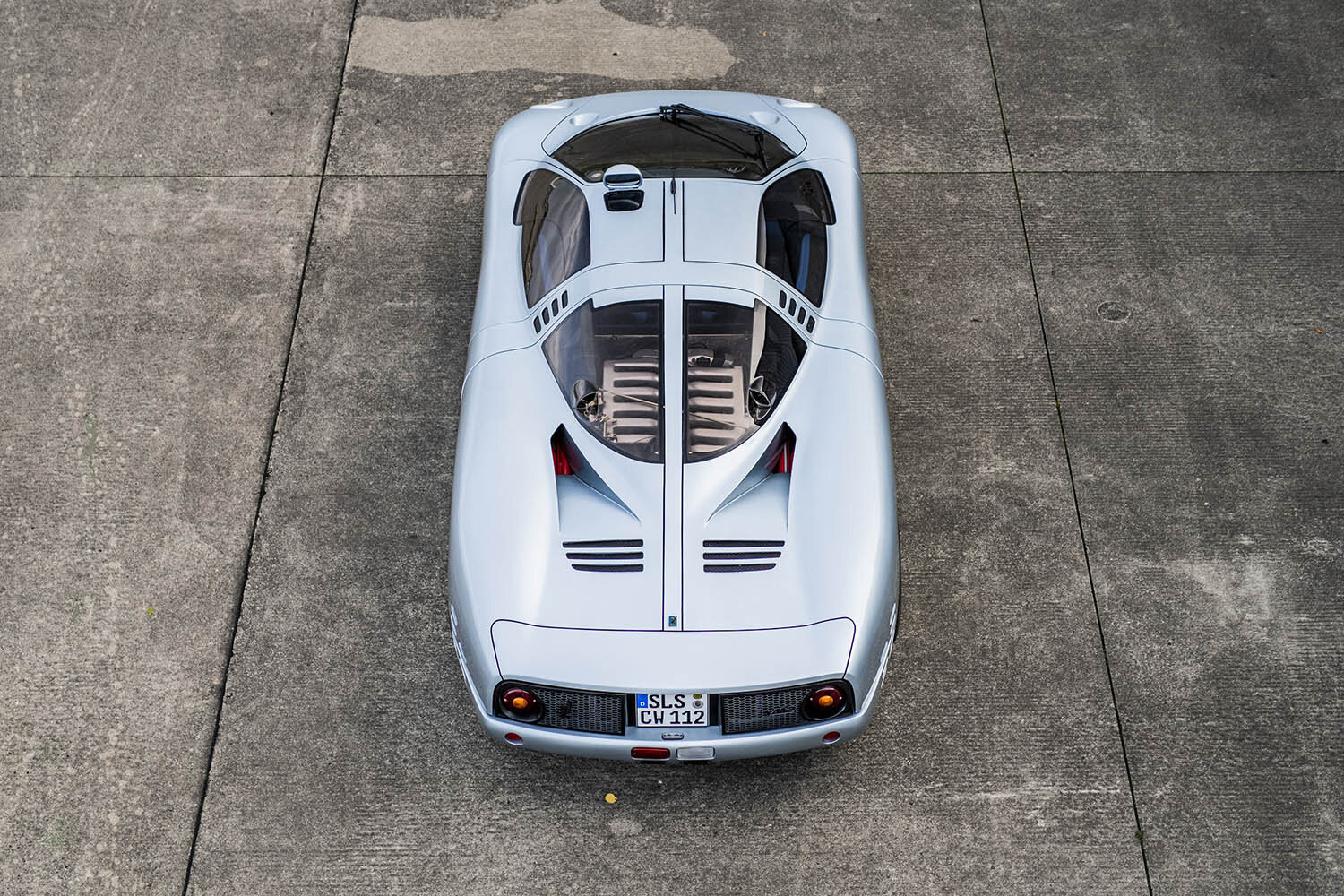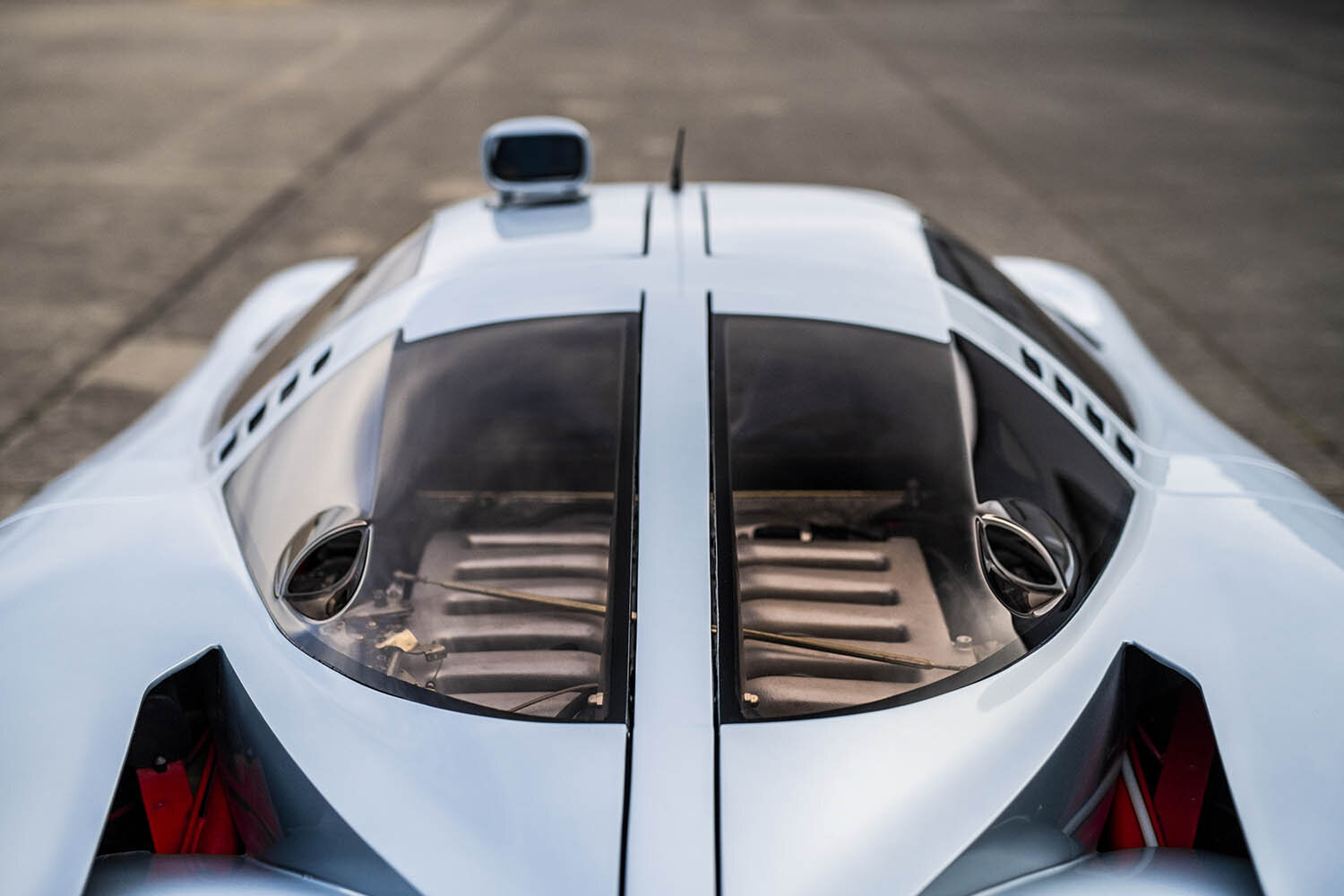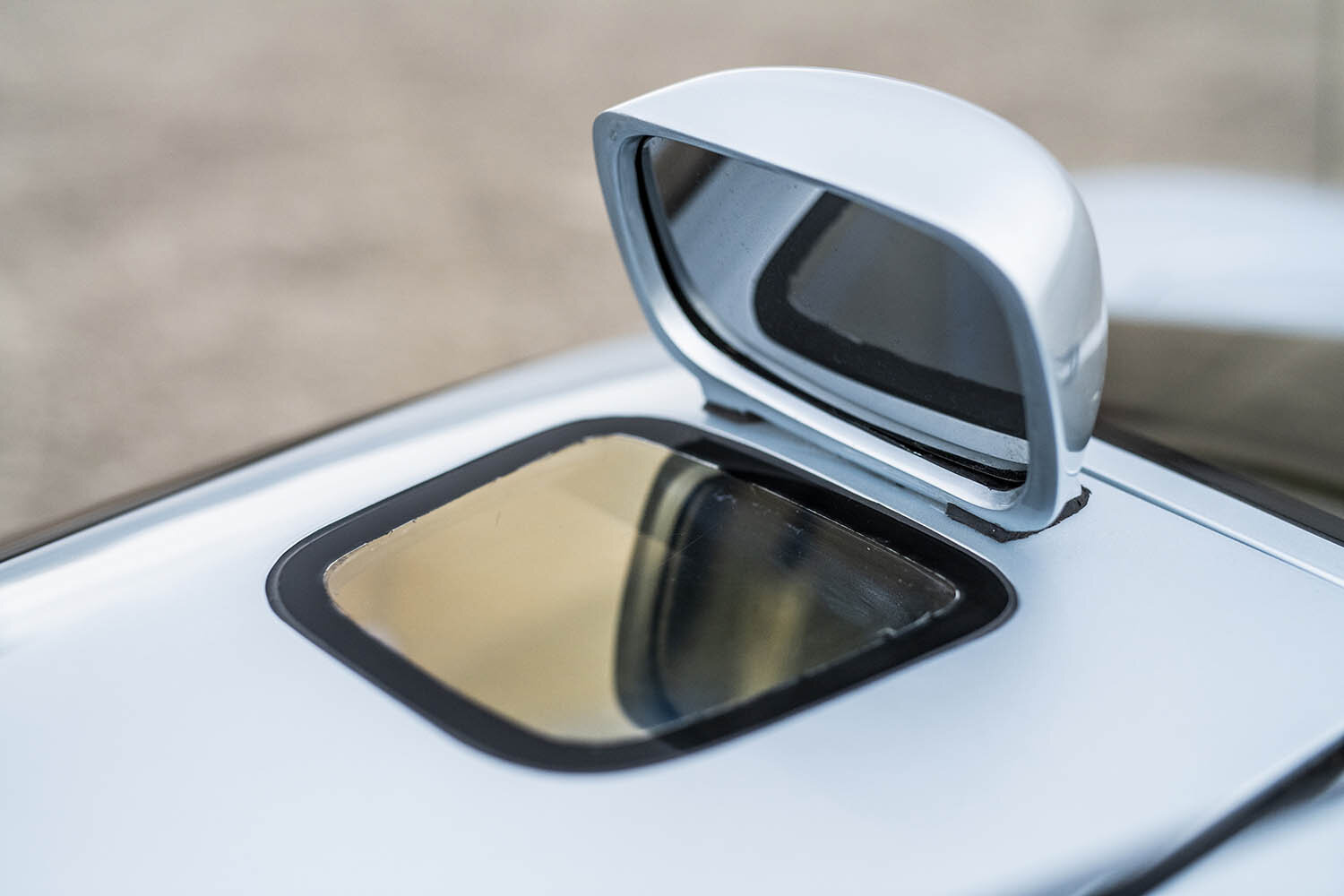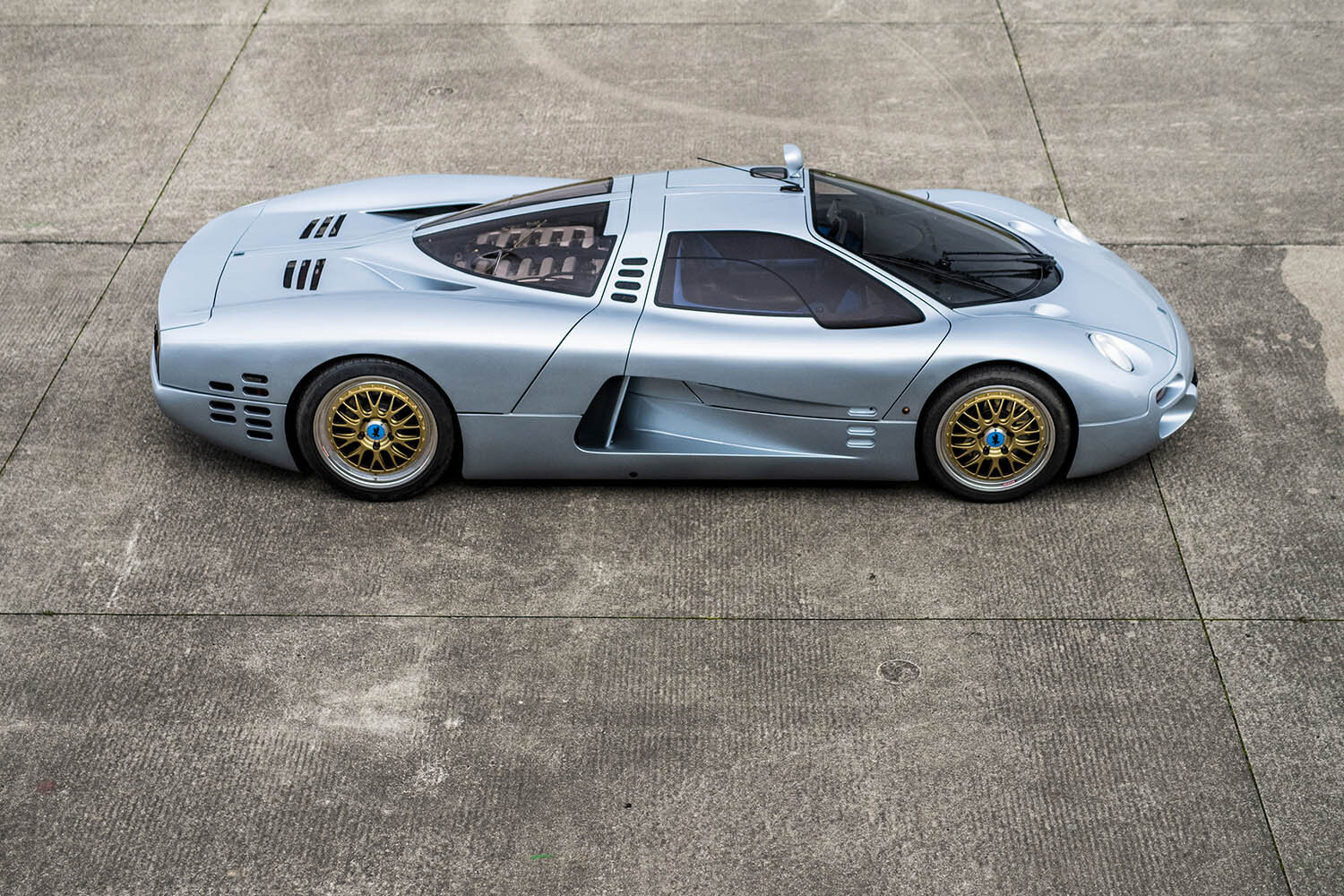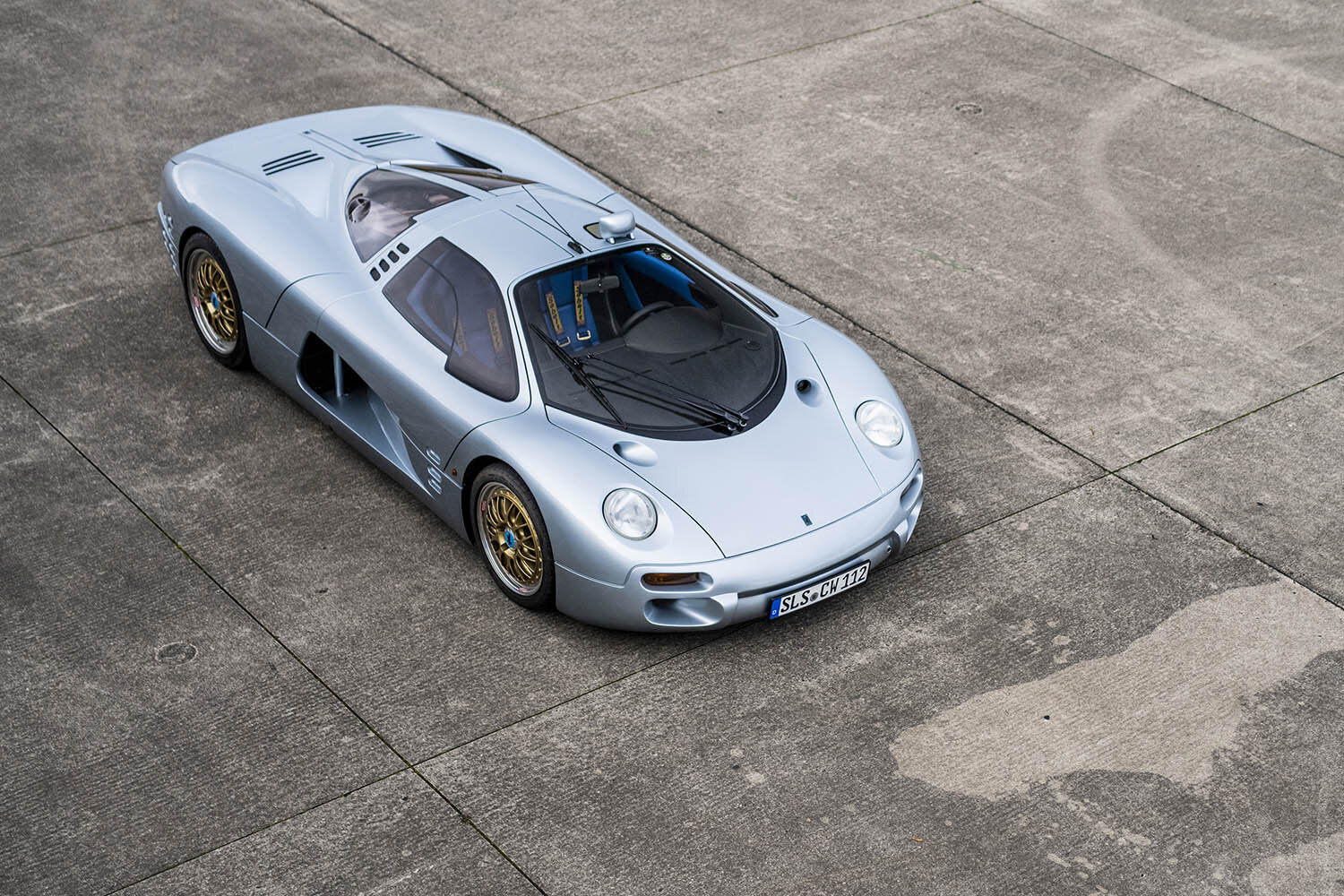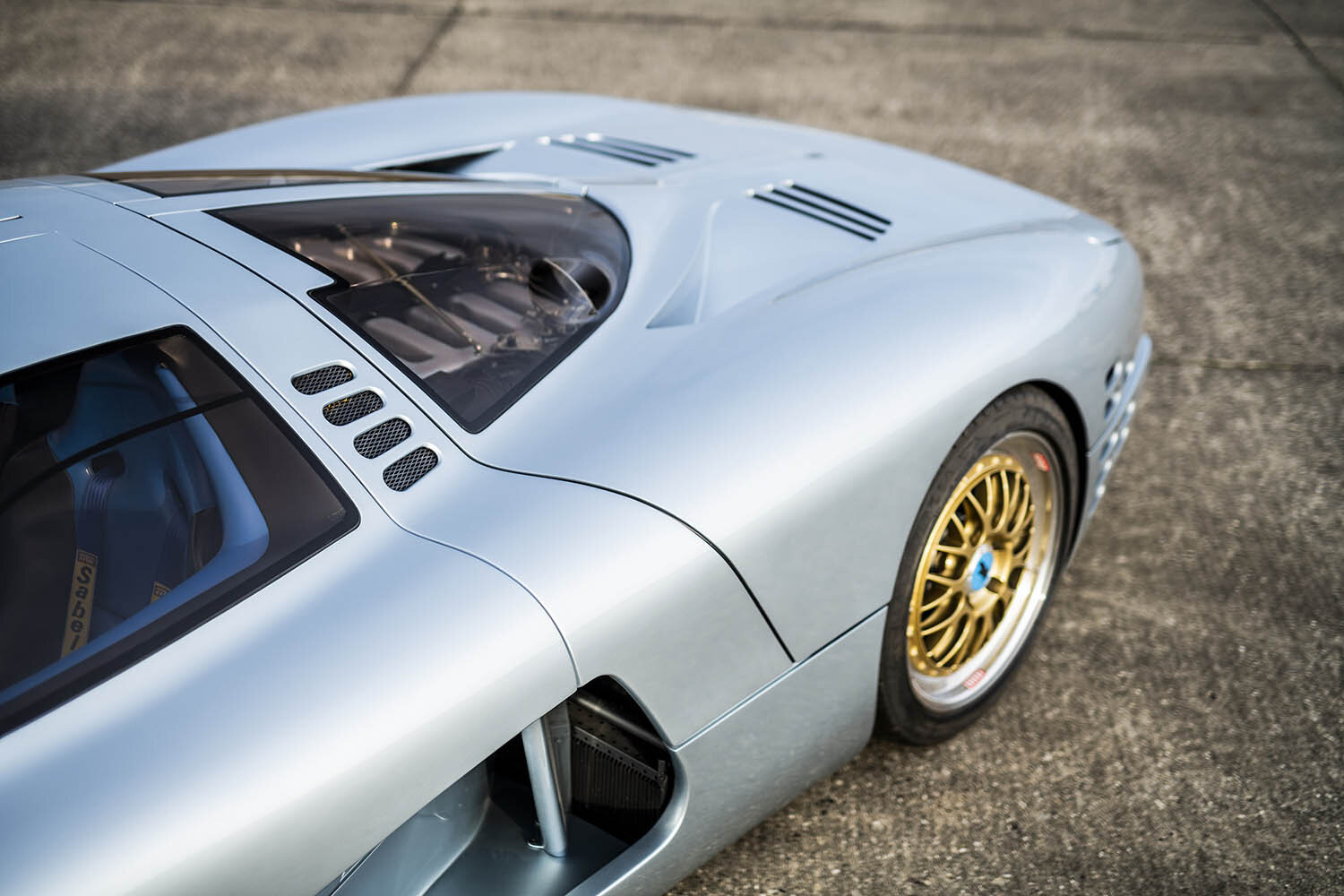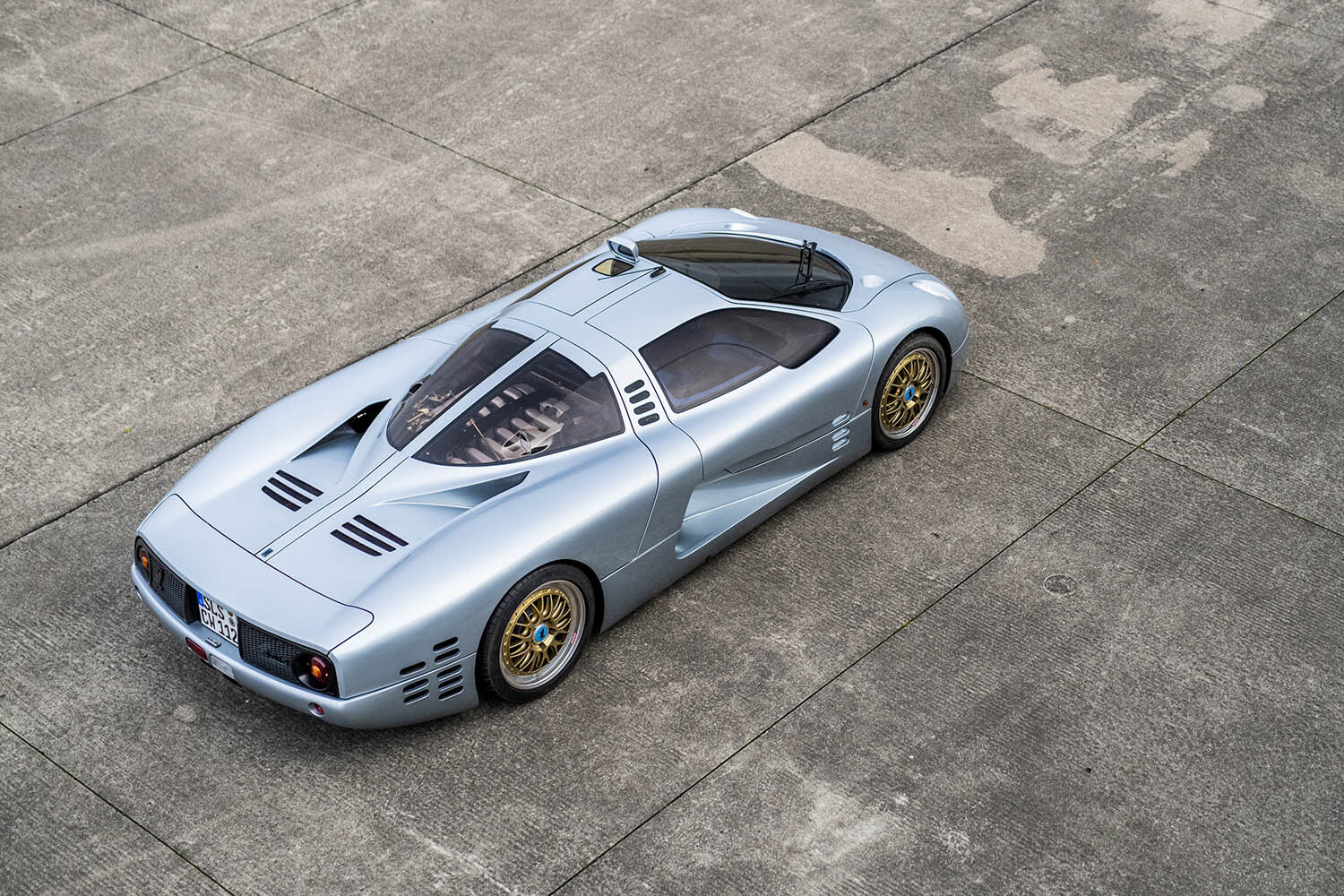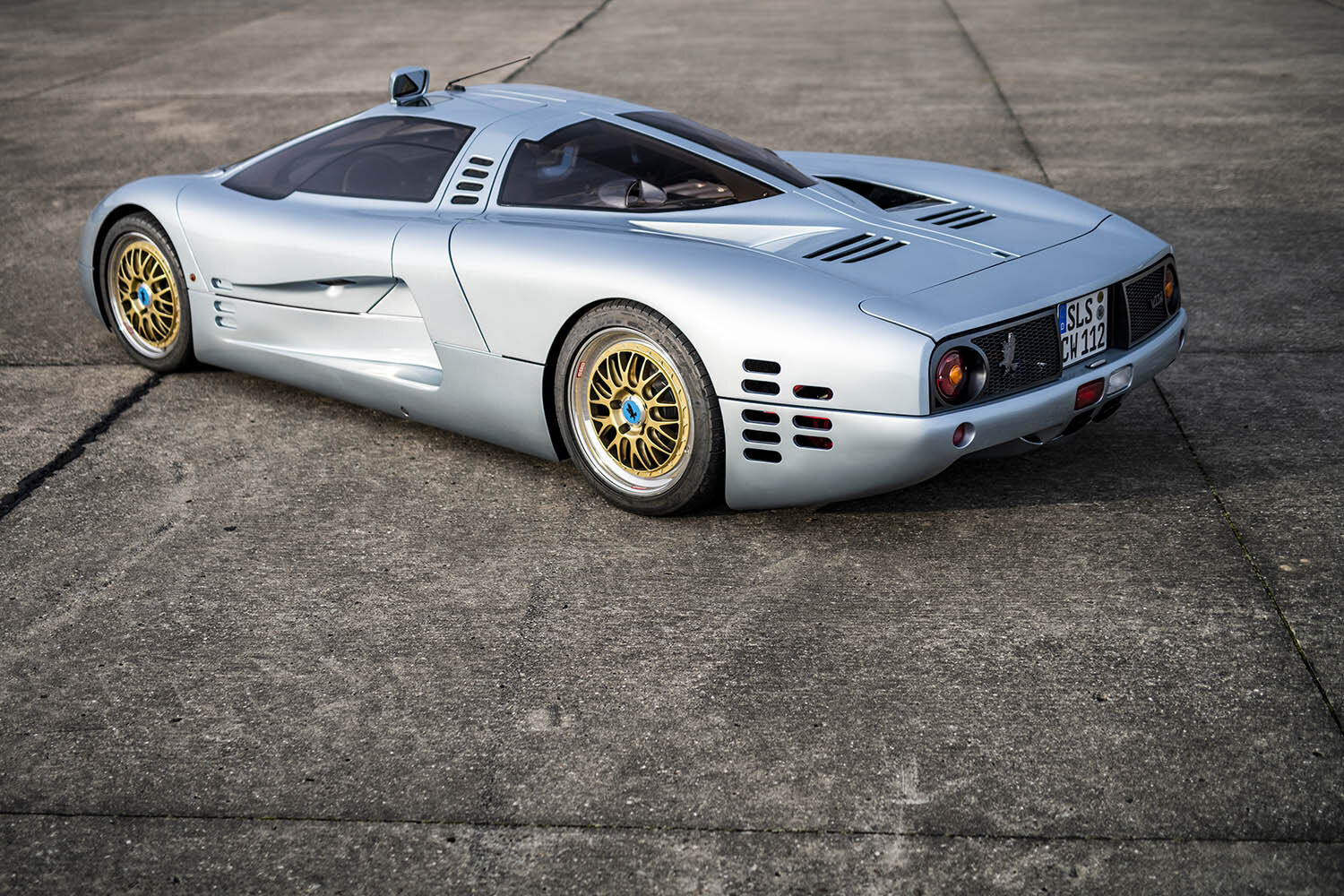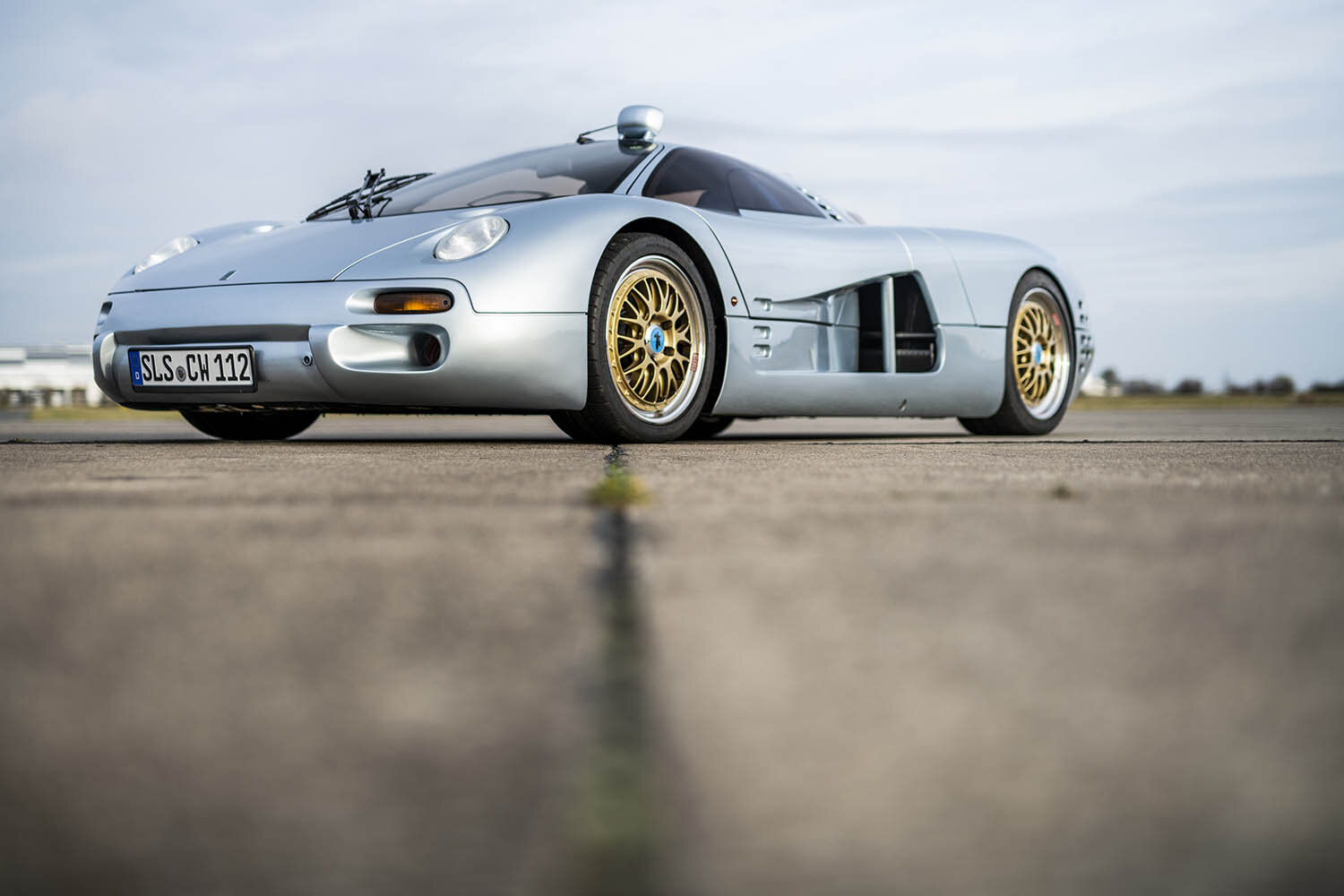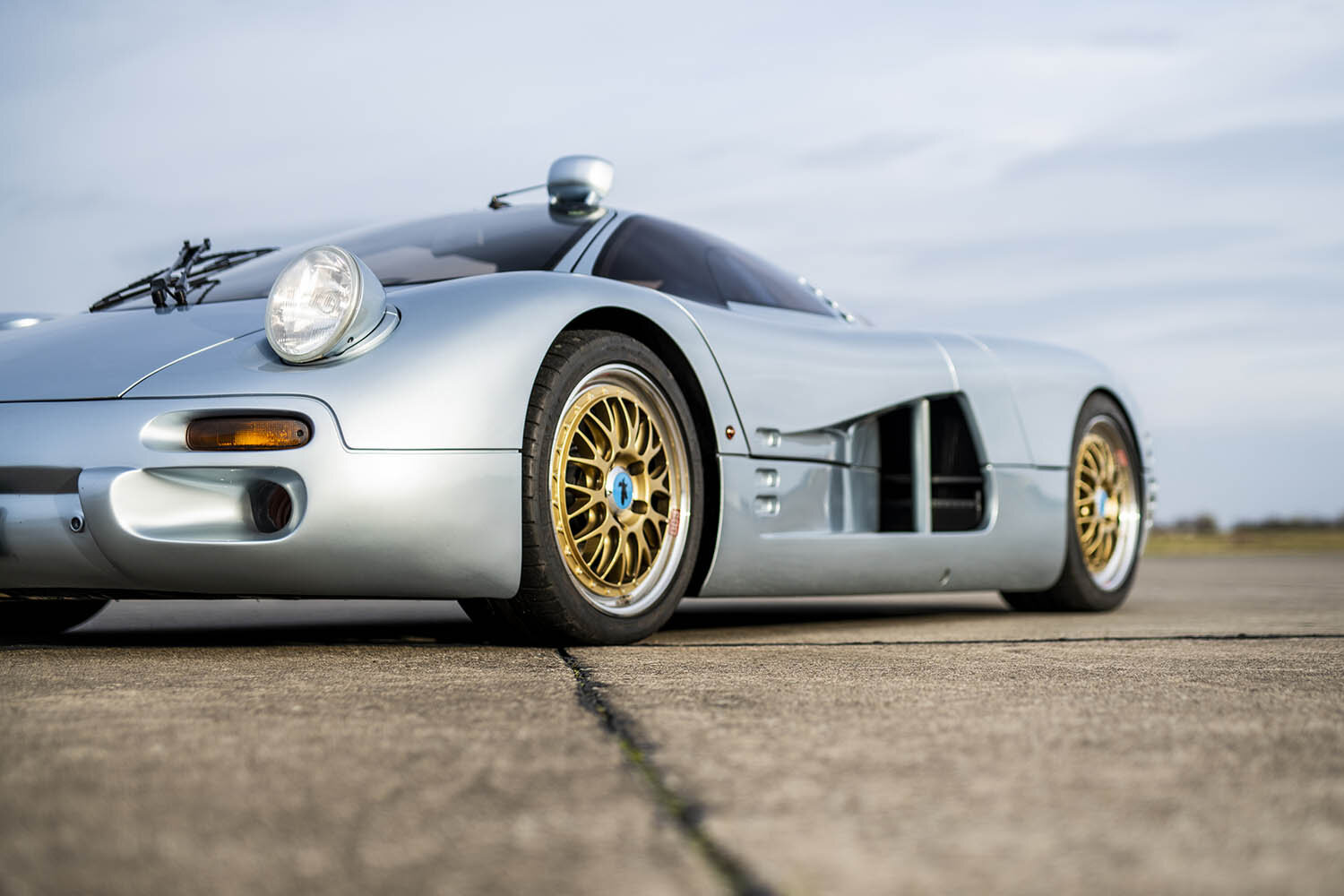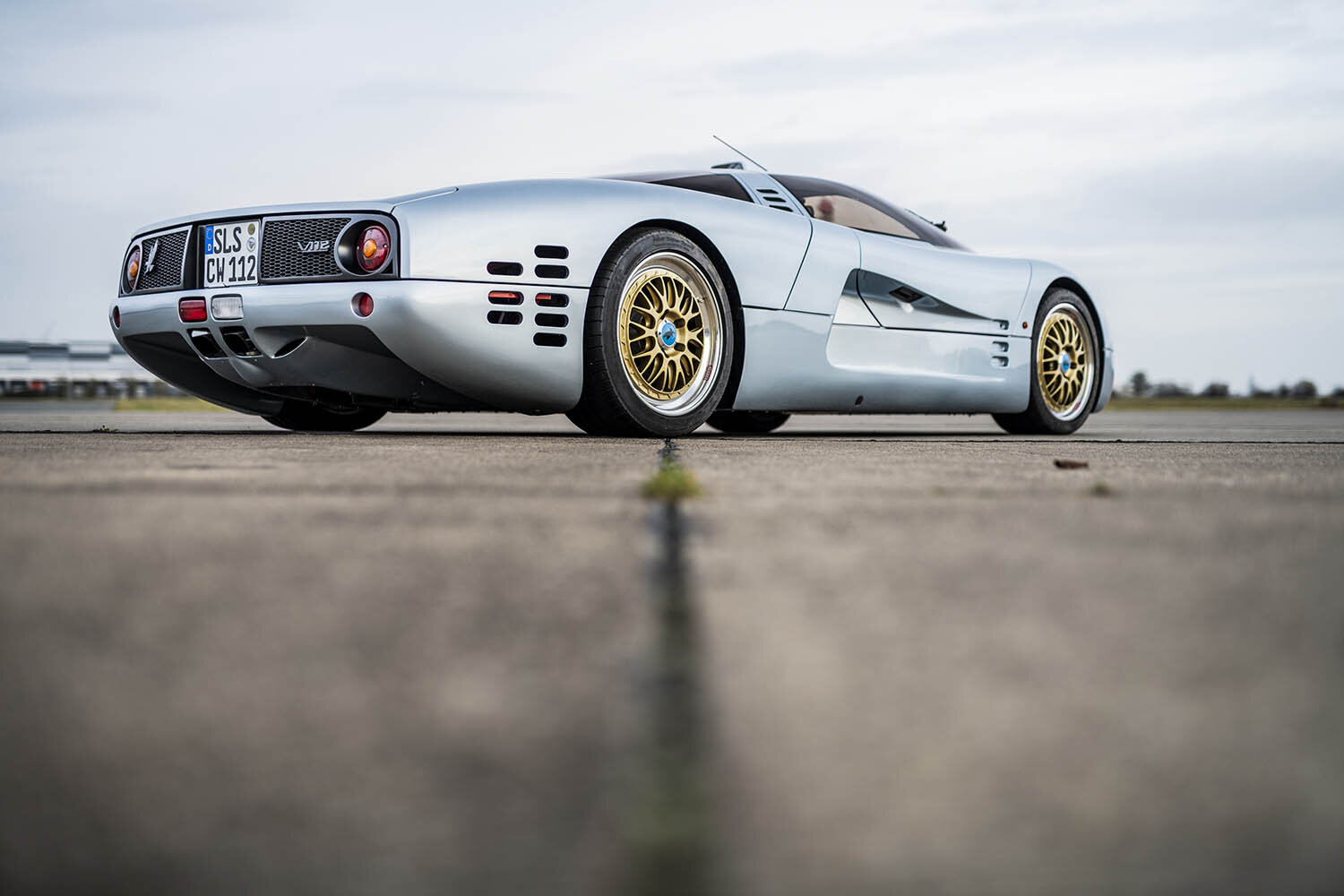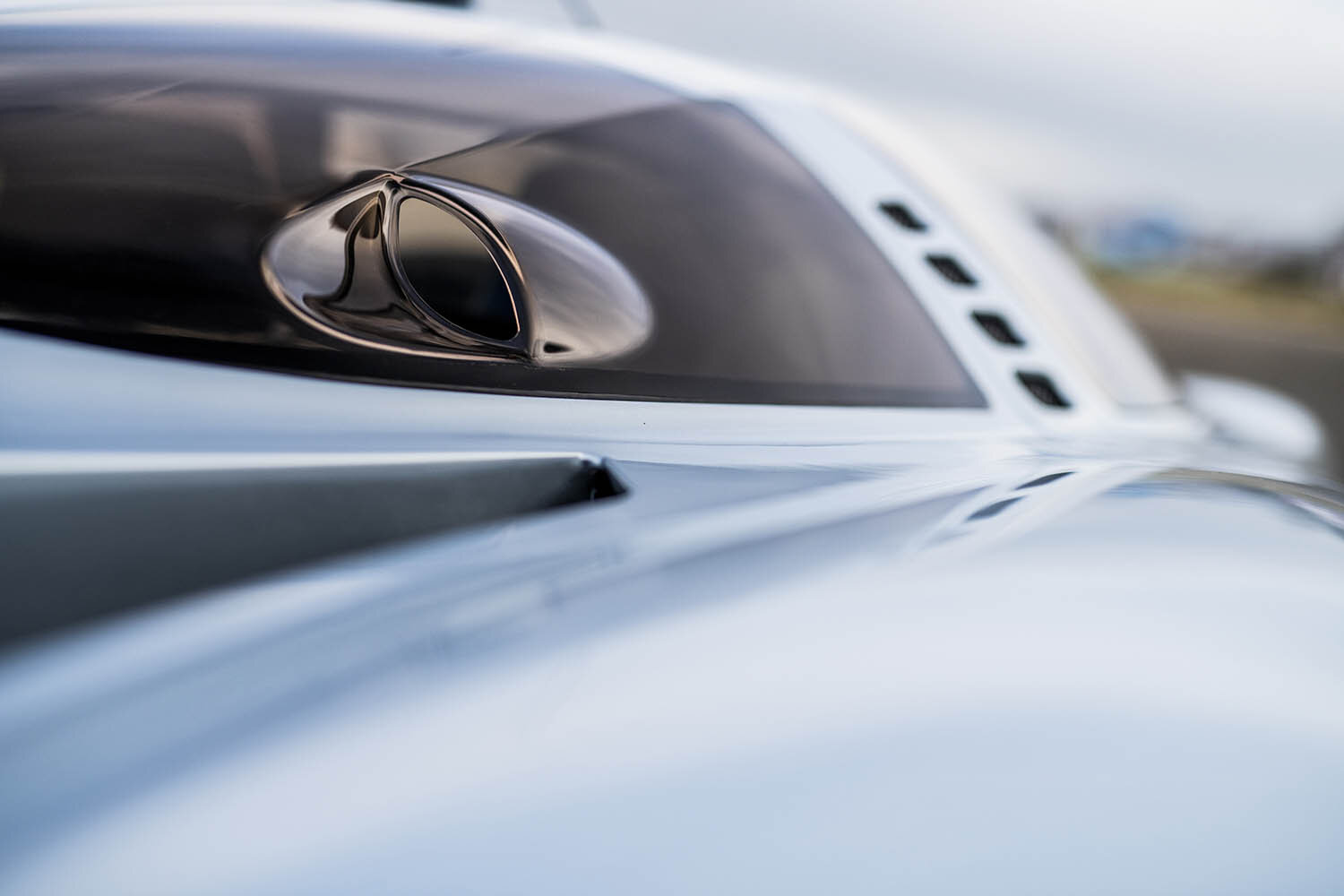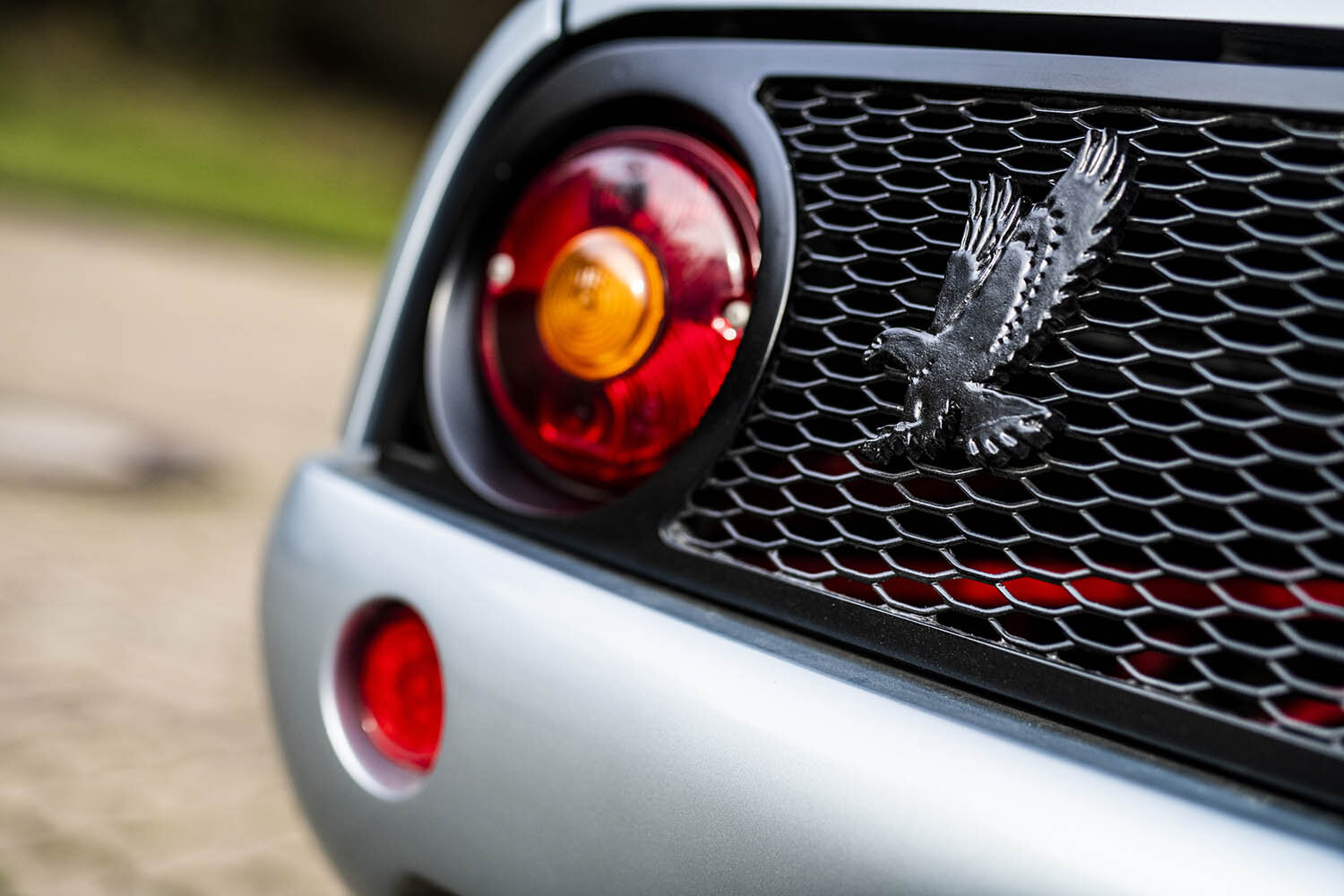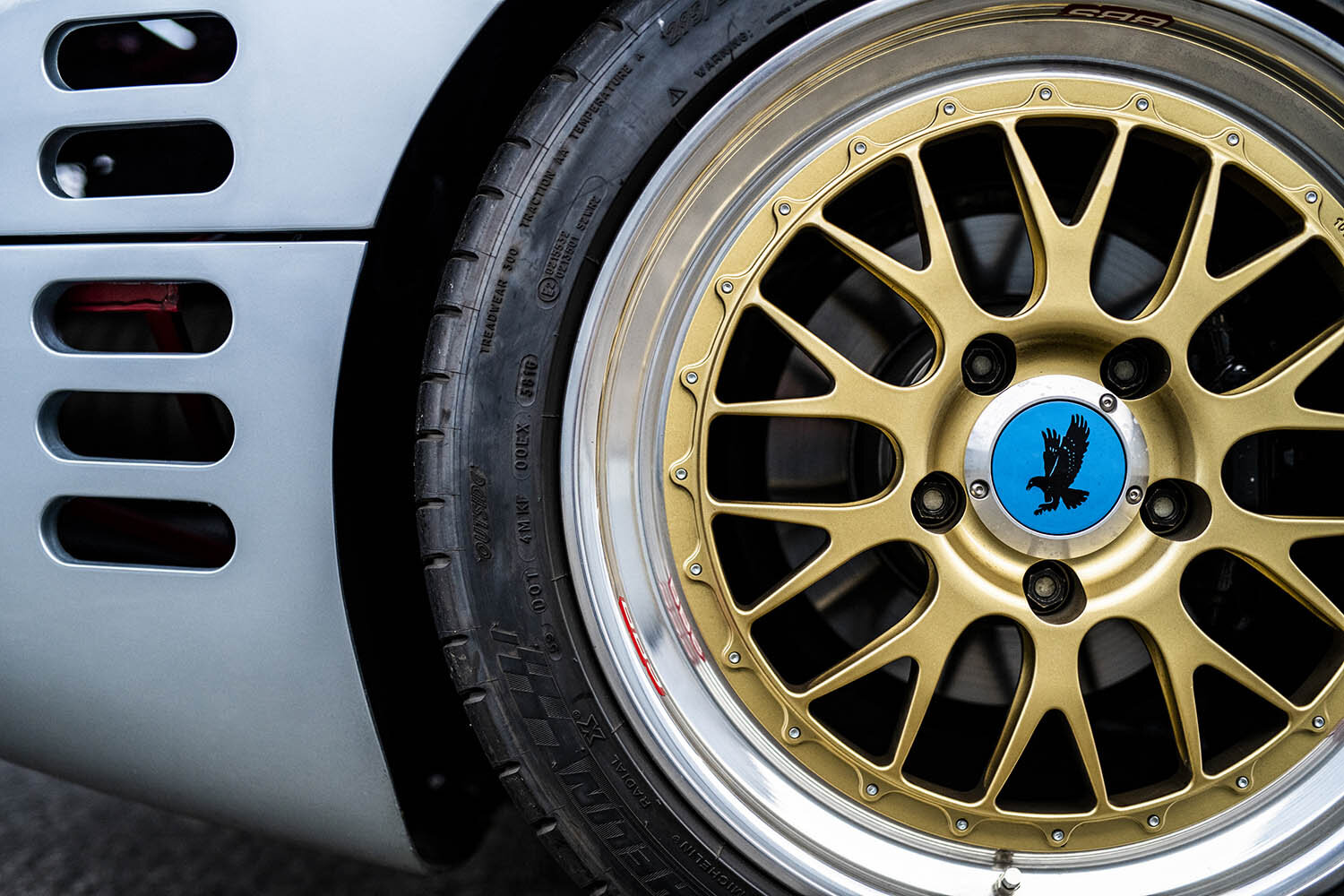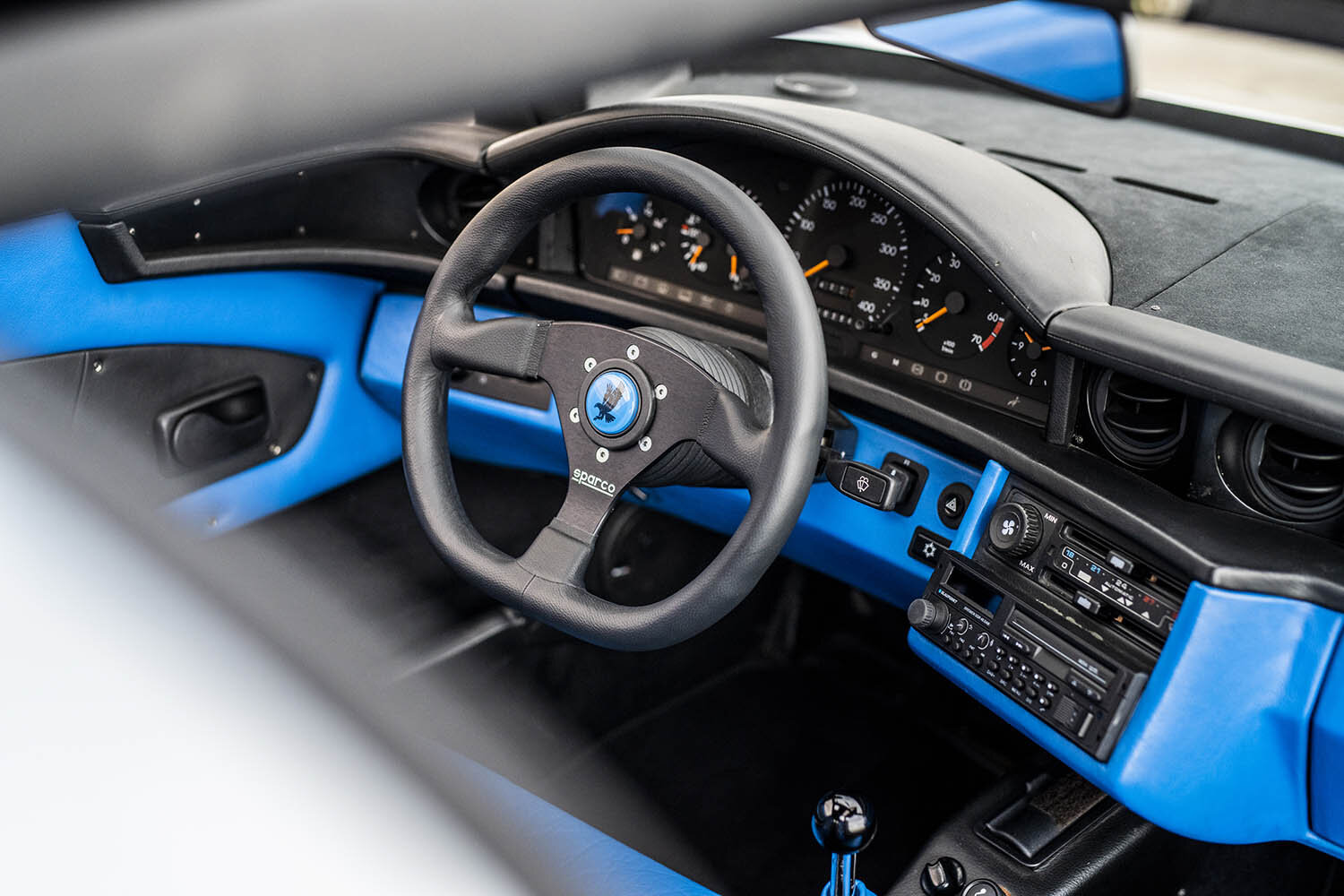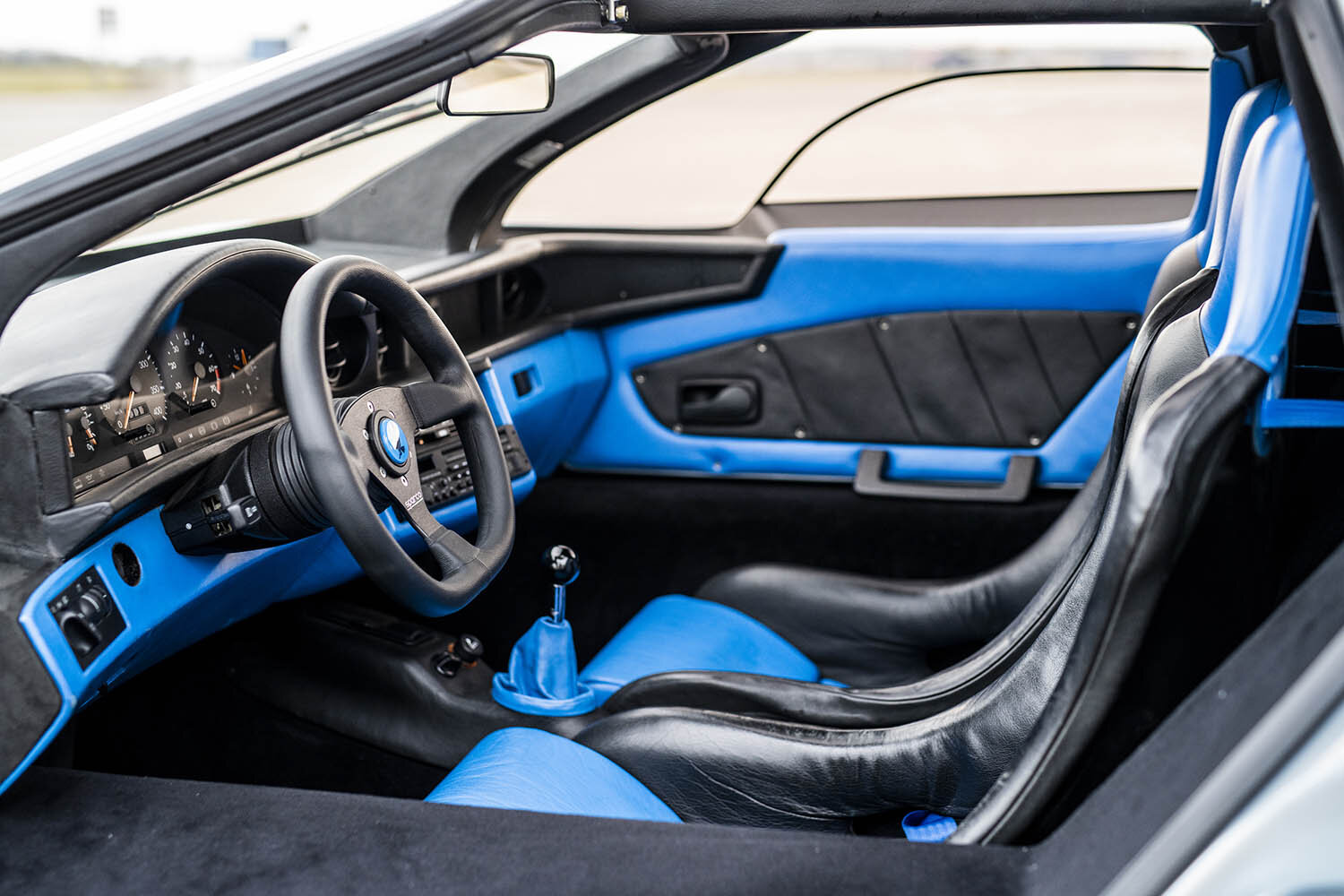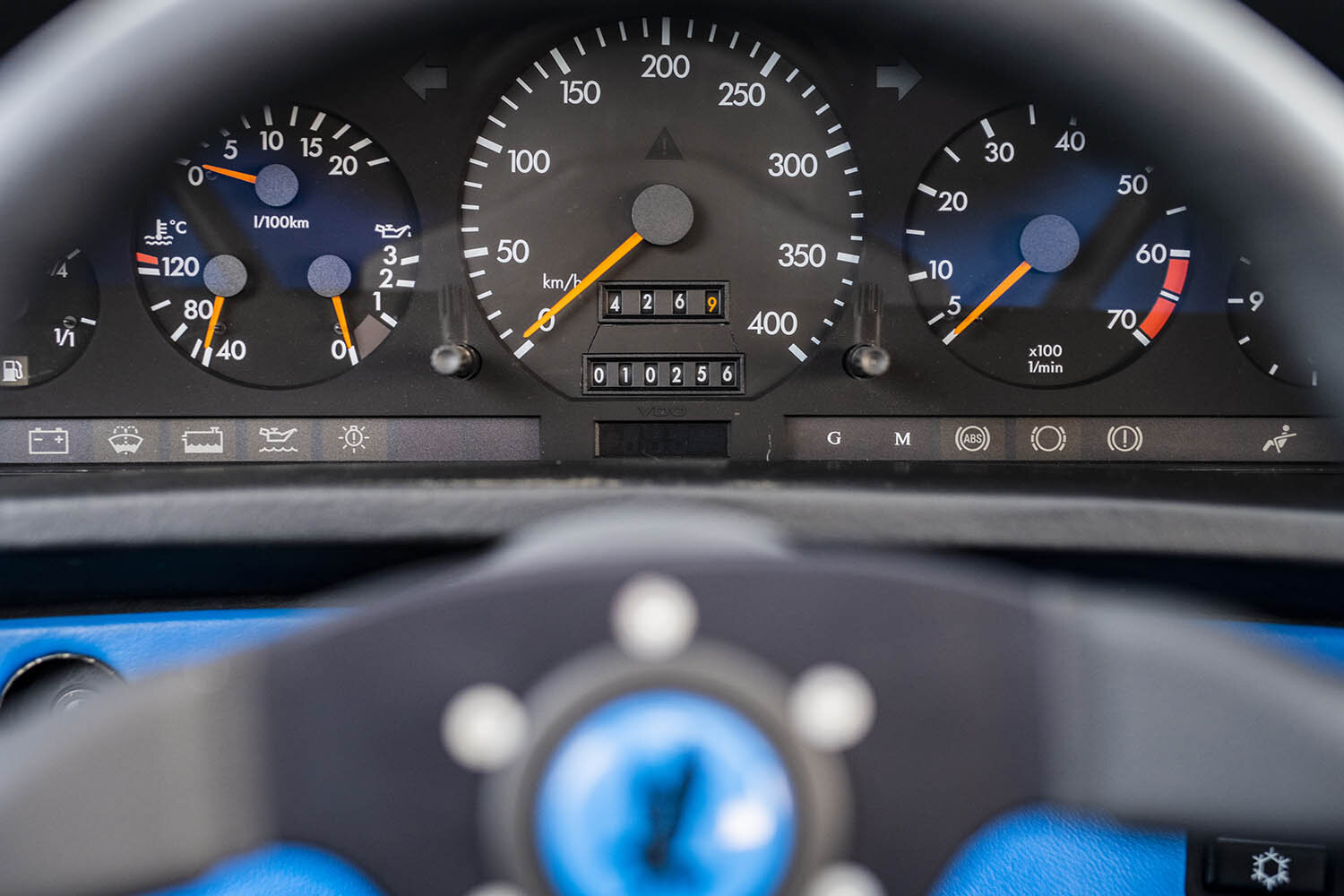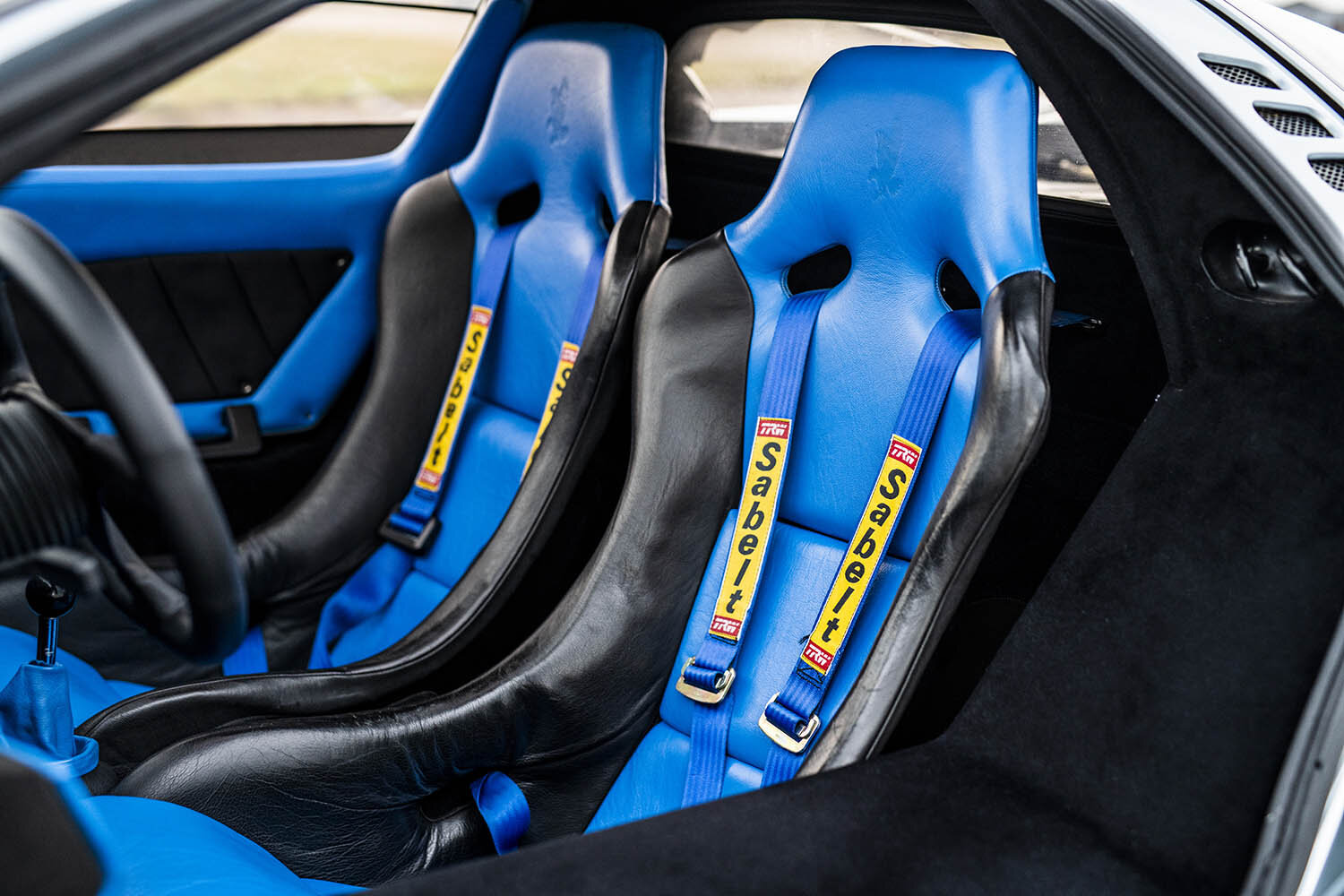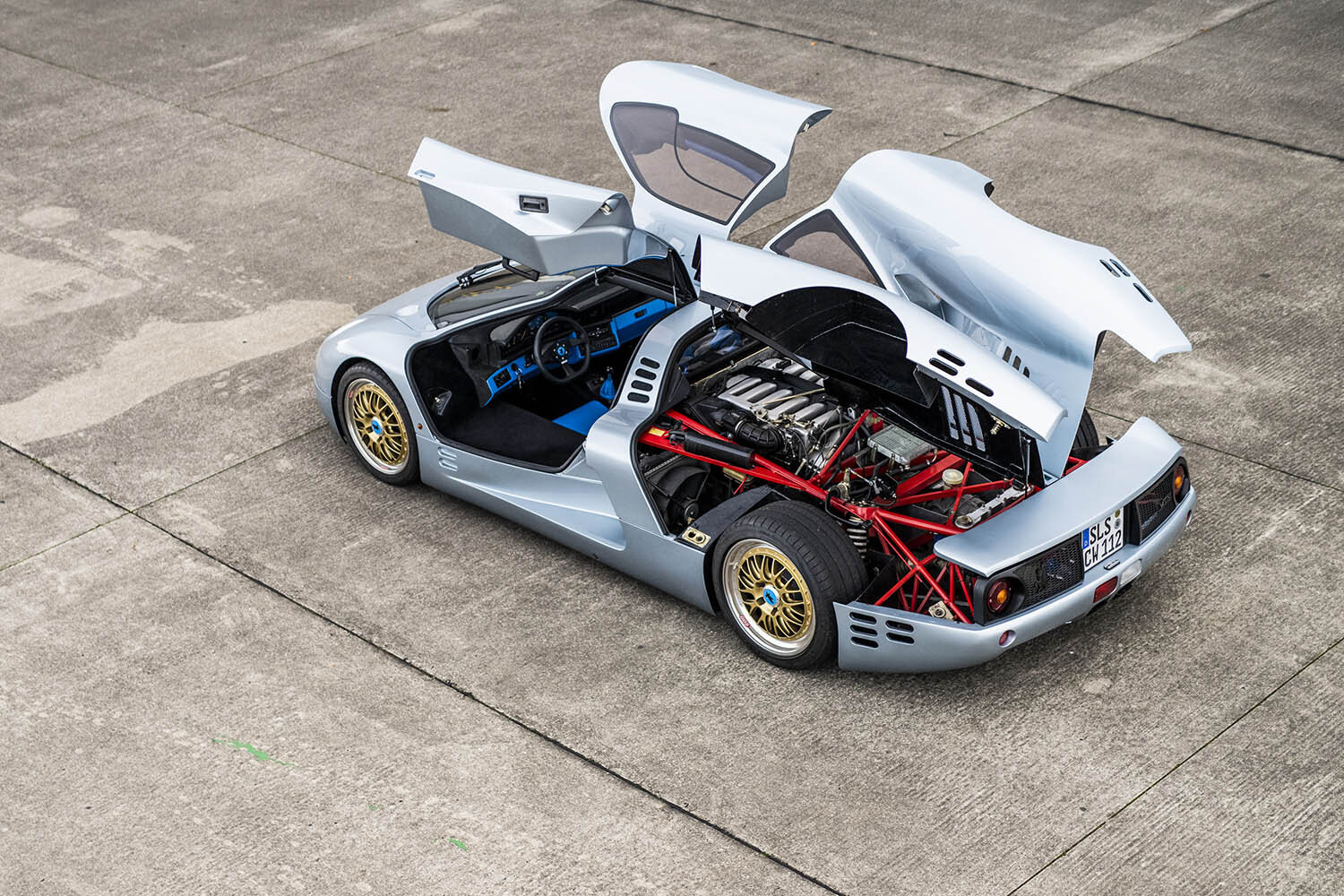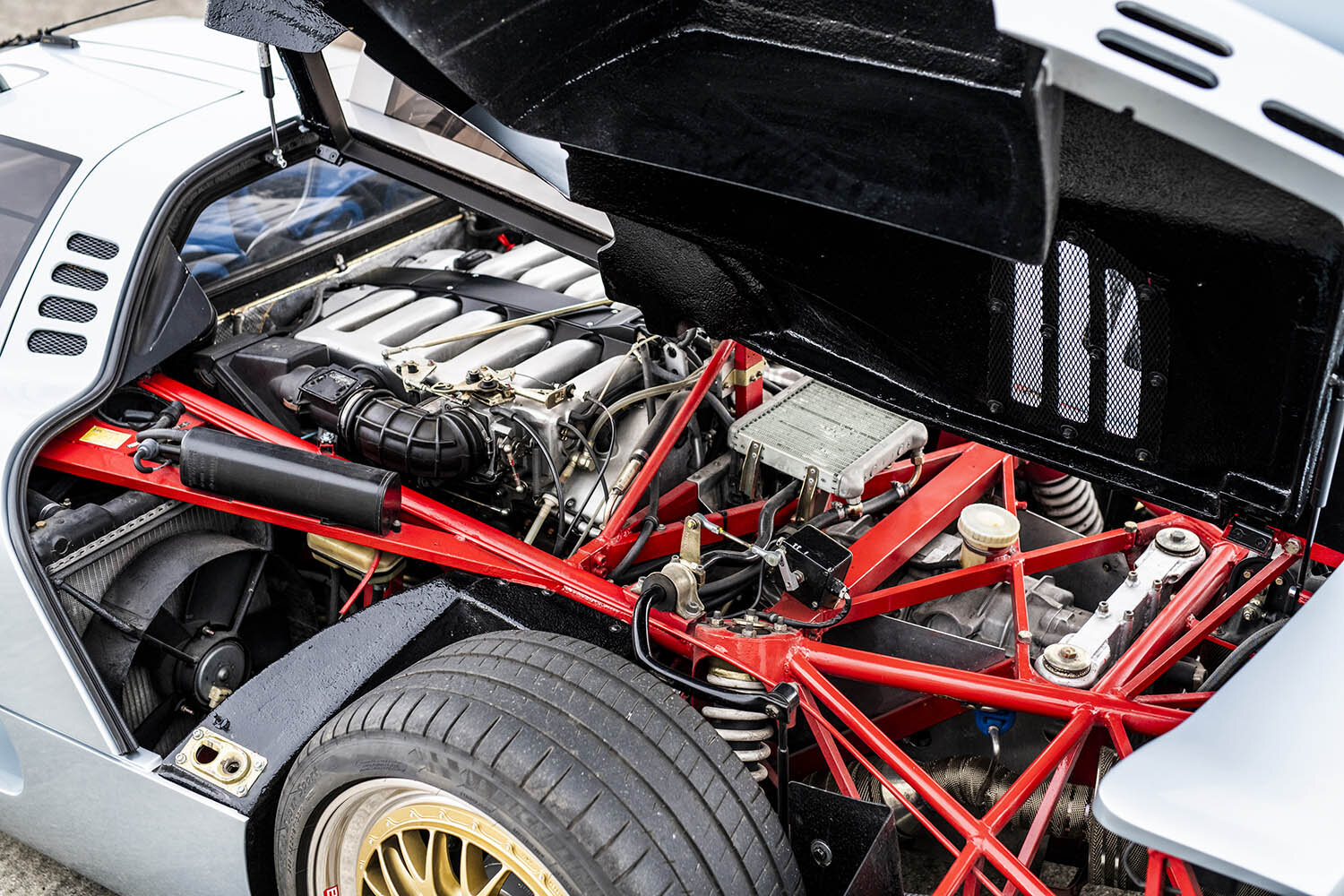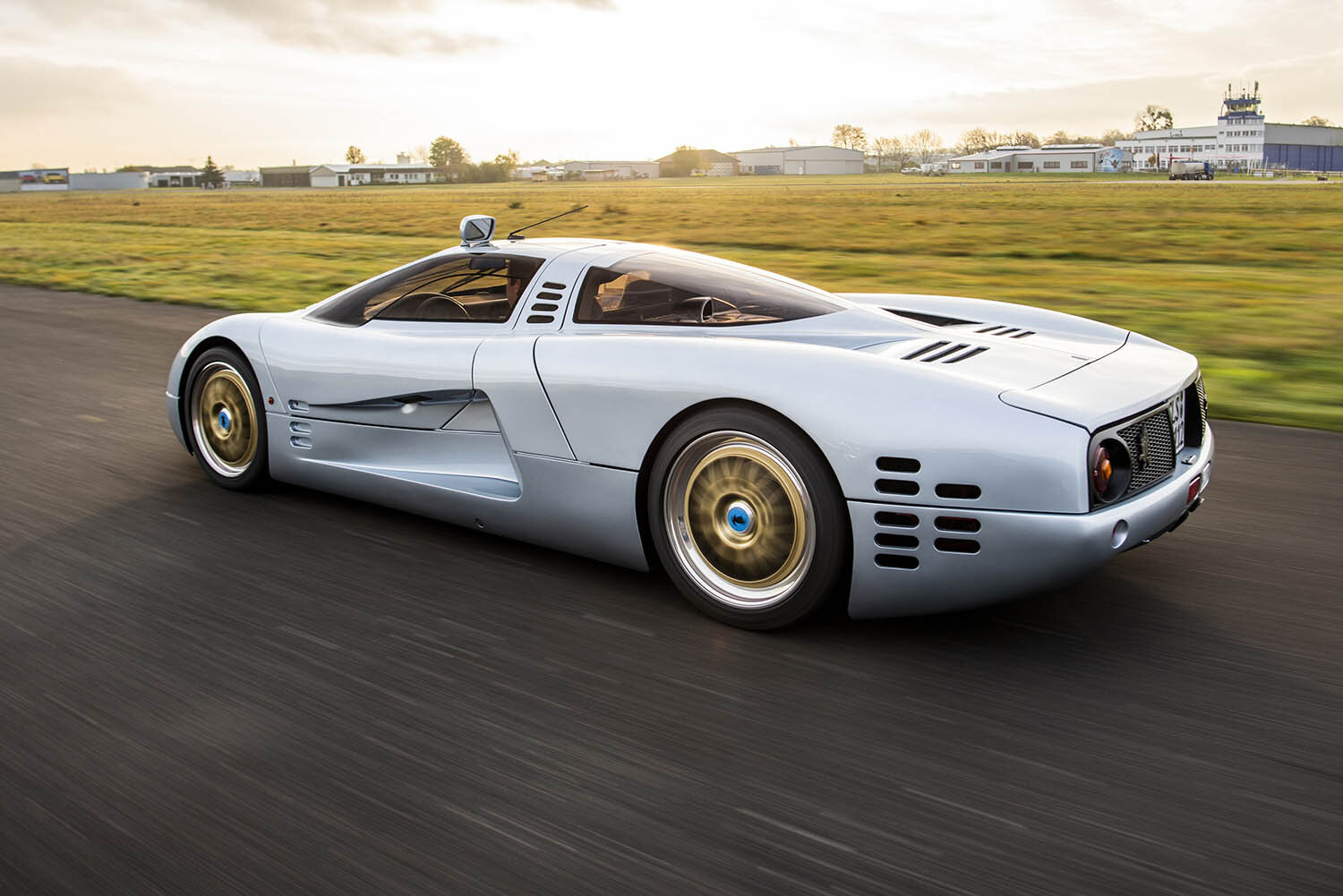Isdera’s unicorn
The story behind Isdera’s Commendatore originates in 1971, when a young Eberhard Schulz drove his homemade sportscar, the Erator GTE, to Porsche and Mercedes-Benz and persuaded them to give him a job in their design department. Schulz had very few recognisable qualifications, but eventually Porsche rightly considered the Erator in the car park evidence enough of his talent and ambition.
Despite working for Porsche, Schulz developed in his spare time a concept which should be considered as a successor to the Mercedes-Benz 300 SL. After departing Porsche, Eberhard Schulz joined B&B GmbH & Co Auto KG in Frankfurt/Main which allowed Schulz to finish the development and to build one prototype the CW311 which was shown in 1978 at the IAA at Frankfurt. To spice up the market reaction, B&B put a Mercedes-Benz star at the grill which was later sanctioned by Mercedes-Benz. After splitting from B&B, in 1982 Schulz setup his own company for small-series production, design and engineering services and named it Isdera (an abbreviation of Ingenieurbüro fur Styling, DEsign und RAcing). Starting with the Isdera Spyder, the dream of Schulz was always to introduce the road going version of the CW311. Eventually in 1983 the car was launched as Imperator 108i. Comparable with exotic sportscars of its day, it featured gullwing doors and was powered by Mercedes’ M117 5.0-litre V-8 engine, whilst much of the interior was sourced from OEM parts. Less than 20 examples were produced between 1983 and 1991, all built to order with each car taking a year to construct.
Not a man to rest on his laurels and in an era dominated by engine size, technological innovation, top speed, and visual drama, Schulz’s successor to the Imperator was a step up in every department. Unveiled in 1993 and named in honor of Enzo Ferrari himself, the Commendatore 112i was a far more thoroughbred affair than the Imperator it replaced: under the rear gullwing engine cover nestled a 6.0-litre Mercedes-Benz M120 V-12 engine, which had dual overhead camshafts on each bank and was capable of in excess of 400 bhp. Mercedes-Benz had never developed manual gearbox for the M120, so power was channeled to the rear wheels via a bespoke flywheel, driving a specially adapted version of a RUF Porsche gearbox by adding a sixth gear to achieve the desired max speed of 340km/h.
To minimize overall mass, the bodywork for the Commendatore was made out of GRP, whilst the chassis was a no-frills spaceframe affair that connected to the road by a similar suspension setup to the Porsche 928, albeit with an active function developed together with BBS and Bilstein that lowered the car by three inches at speed to reduce drag. Schulz was so concerned with reducing drag that Isdera developed and own windscreen wiper and a periscope mirror was favored in place of conventional wing mirrors; it was no secret that the 112i had sights on racing at the 24 Hours of Le Mans, where there was a premium on straight line speed for the Mulsanne sections. When tested in the Mercedes-Benz wind tunnel, the car returned a drag coefficient of just 0.306 in road going form, which unlocked a top speed the interesting side of the magic 200 mph barrier.
Sadly for Schulz, 1993 also coincided with an economic slump in Japan where the majority of Isdera’s funding originated and the company was forced into restructuring. As a result, the dream of participating at Le Mans vanished, as the Commendatore 112i was meant to homologate a Le Mans-eligible racing car. Fortunately, however, the project was somehow rescued by a Swiss consortium who took the original Commendatore to the 1999 Frankfurt IAA six years later, under a new name - ‘the Silver Arrow’. Gone though were the two-piece BBS racing wheels and the periscope rear view mirrors, replaced with more conventional five twin spoke alloys and wing mirrors akin to those found on the CLK GTR. The car was also featured in the 1997 videogame Need for Speed II for Playstation and PC, helping to build its cult following.
In the ensuing decade, the car was only offered for sale once by a renowned Swiss collector in 2005, who had owned the car since the 1999. By the end of 2016, Isdera managed to re-acquire it and set about returning it to its correct 1993 specification, which is what you see here today.
This 1993 Isdera Commendatore 112i will be available at RM Sotheby’s upcoming Paris auction held in early 2021. For more information on this and other vehicles at the sale, click on the link below. Photos: © Rémi Dargegen © RM Sothebys.

